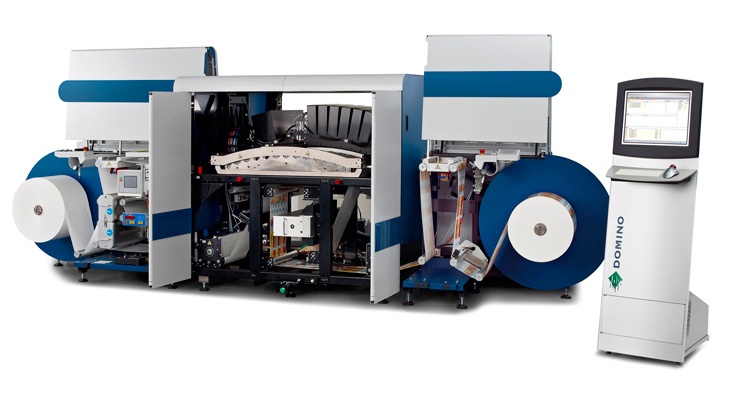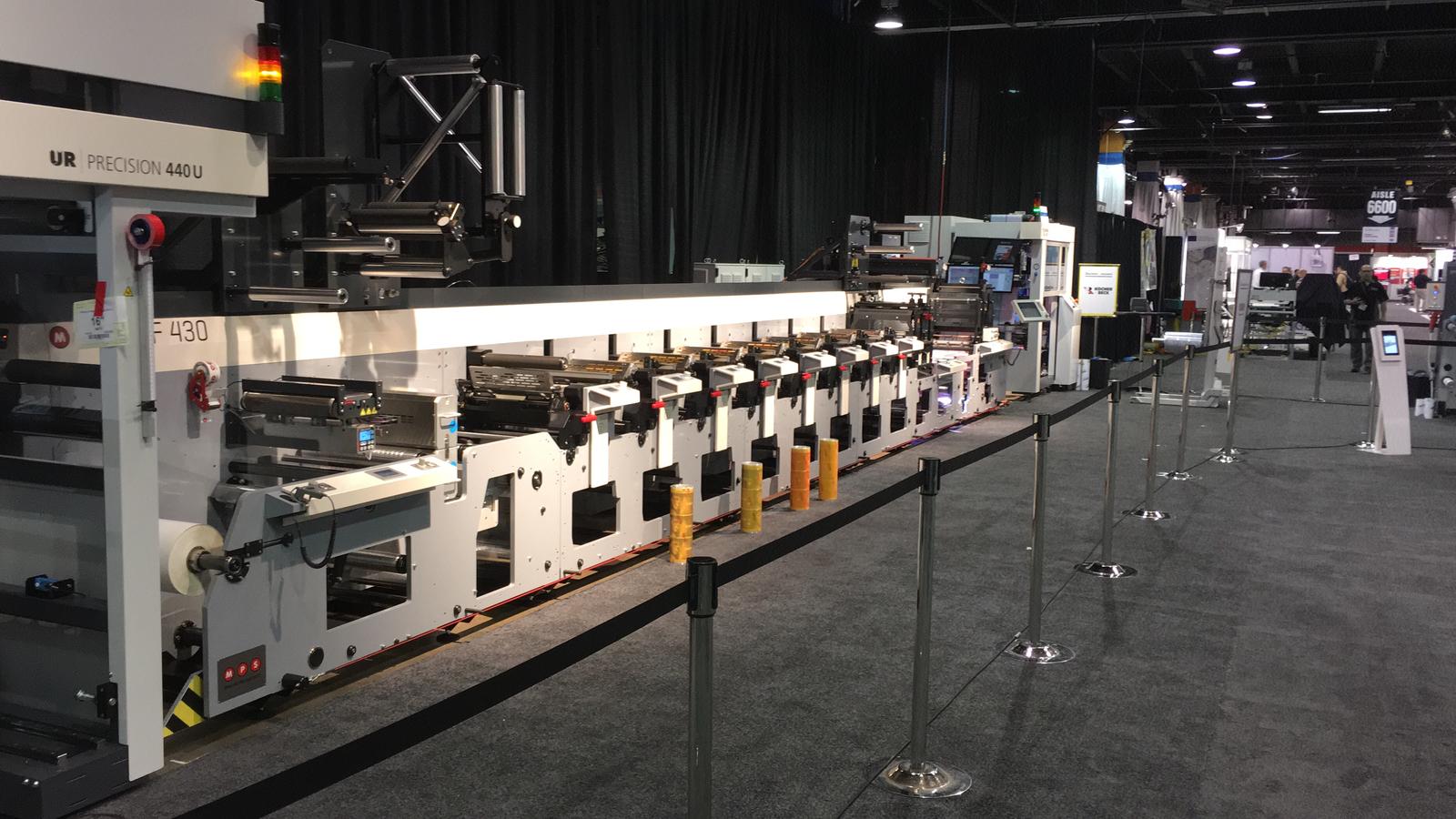‘Should I go for flexo or digital printing?’ That’s a question many production leaders in the label printing industry ask themselves. Many opt for digital because it’s the current trend and other label printers are taking this route. But is it the right choice for you? When it comes to making the final decision, quality, substrate, volume, budget, and your production schedule are deciding factors.
In this blog, we compare both methods — and explain why to consider a flexo printing press.
Flexo and digital printing compared
In label printing, when we talk about ‘digital’, we mean printing labels without physical printing plates. Digital printing doesn’t use plates the way conventional printing, like offset, flexo or gravure, does.
The fact you don't need printing plates is one of the advantages of digital printing. It also has quicker turnaround times, can print variable data, and no additional set-up time is required to produce multiple versions of artwork. Also, you don’t have fixed costs before you start printing, which makes it beneficial for small runs.
 an example of a digital press: the Domino N610i
an example of a digital press: the Domino N610i
However, you need to prepare every single small job separately, including its data. How are you going to organize this?
And what are you going to do when a new product becomes so successful that it is no longer a ‘small job’? Can you also print this on a digital press, or should it be done on a conventional press? If not, you’ll lose your flexibility because you’ve scheduled continuous jobs for your digital press.
Flexo printing is a great choice if you require a higher volume order. Since flexo printing presses run at a much faster speed than digital presses, it is an efficient way to produce large volume runs with high-quality results. Also, the cost per label decreases substantially as your quantity increases.
Flexography and digital printing are no longer competing technologies. Despite the pros and cons of each printing method, the key question will always be: which method is most cost-effective? What is the crossover point? Before this point, it would be more cost-effective to run your labels digitally. When you pass the crossover point, flexo printing becomes more cost-effective.
Why should you go for a flexo printing press?
In addition to speed and lower cost in producing medium to high-volume print runs, there are additional benefits to flexo printing that could be the deciding factor in selecting the right method for your business.
 an example of a flexo press: the MPS EF 430 at the Automation Arena at Labelexpo Americas
an example of a flexo press: the MPS EF 430 at the Automation Arena at Labelexpo Americas
Here’s five benefits of flexo printing:
- Lower ink costs per m² because the inks you need for digital printing are more expensive
- Increased flexibi lity and durability with a range of colours and substrates
- It allows you to produce larger quantities of labels in a shorter period
- You can enable and automate more applications like cold foil, laminating glue and varnish applications.
- In-line finishing is included in a flexo press
Combining the best of both worlds: Hybrid Printing
Did you know there’s also a printing method that combines the best of both worlds?
This innovation is called hybrid printing. Hybrid printing combines several printing and converting techniques in a single-pass process to utilize the benefits of both technologies. With hybrid printing, you can reach a larger part of the market segment, increase productivity, reduce costs, and reduce prepress time.
If you want to find out if hybrid printing is a viable solution for your business, this whitepaper might be helpful for you. {{cta('2aaef802-c0d6-4640-9bb7-48d5f26bb664','justifyright')}}
If you would like to discuss which printing method is most cost-effective for your business, feel free to schedule a non-binding talk with one of our specialists. They are happy to help.